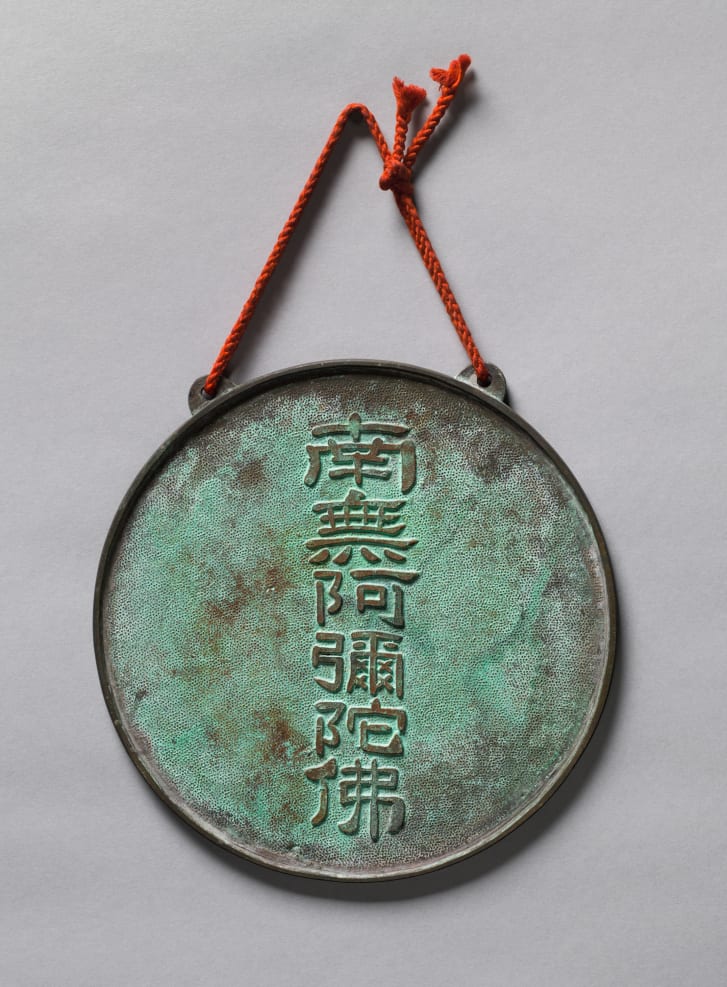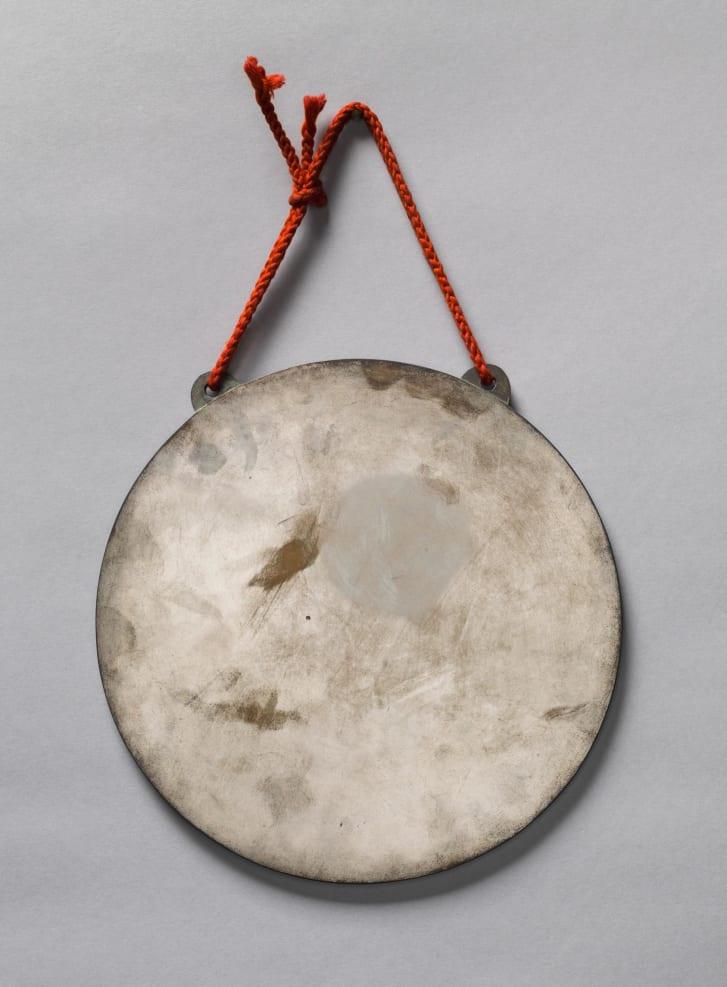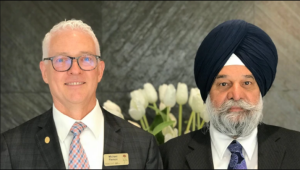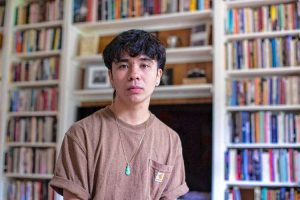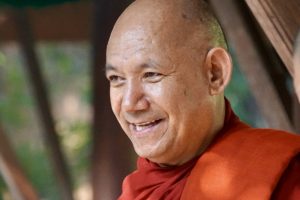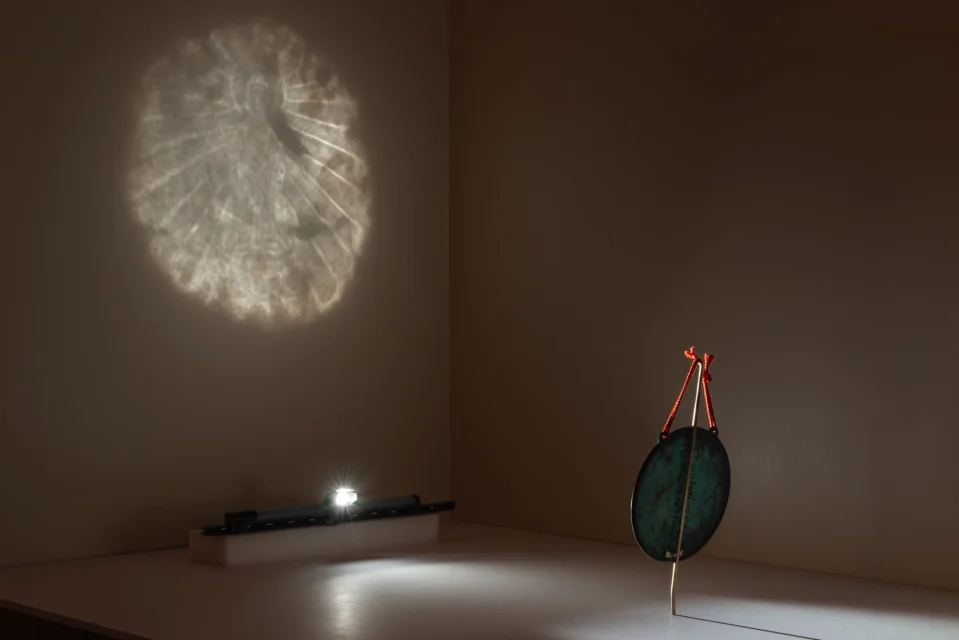
A rare, centuries-old bronze mirror that had previously lain almost forgotten within the East Asian art collection of the Cincinnati Art Museum for more than 50 years has revealed an illuminating secret: under certain lighting conditions, the plain-looking 16th century mirror reflects a diaphanous image of the Buddha surrounded by rays of light.
“Known as ‘magic’ or ‘transparent’ or ‘light-penetrating’ (透光鏡) mirrors, these types of artworks were first created in China during the Han dynasty (202 BCE–220 CE),” the Cincinnati Art Museum explained. “When light is projected on them, the mirrors appear transparent and reveal characters or a decorative design.” (Cincinnati Art Museum)
The museum’s curator of East Asian art, Dr. Hou-mei Sung, discovered the rare artifact while researching an ancient artwork in the museum’s extensive collection. Dr. Sung was exploring the museum’s storage rooms in spring 2021, accompanied by a conservation expert, when she examined the artifact more closely.
“We all know that metal, light cannot penetrate it. That’s why they call it ‘magic.’” said Dr. Sung. “This one is even more magic, you can see, it’s a hidden image inside the mirror.” (BBC World Service)
At first glance, the front of the 21-centimeter bronze mirror appears to be an unremarkable polished reflective surface, while the reverse is marked with six characters: 南無阿彌陀佛, representing the exhortation, “Praise to Amitabha Buddha.”
“There is nothing on the surface, it’s just a polished reflecting surface with a bit of corrosion. It doesn’t give you any clue,” said Dr. Sung. (The Art Newspaper)
“I asked [my companion] to shine a strong, focused light on the mirror. So she used her cell phone [flashlight] and it worked!” Dr. Sung recalled. “We were so excited!” (7News.com.au)
A graduate of National Taiwan University, Dr. Sung has served as the museum’s curator of East Asian Art since 2002. With a PhD in museum studies from Case Western Reserve University in Ohio, Dr. Sung has held a variety of research and teaching positions in museum and academic fields in Asia and throughout the US.
Although the origin of the brass mirror could be either China or Japan, and faced with incomplete records, Dr. Sung has been working to piece together the history of the item by referencing the few other examples that have been identified in other museums. Similar artifacts in Japan are inscribed with simplified Chinese characters, while the Cincinnati Art Museum’s mirror bears traditional characters, which Dr. Sung believes suggest that it is most likely from China.
“All the other examples are about 24 centimeters, so ours is slightly smaller,” Dr. Sungadded. “But the Buddha image it projects, I think, is really more detailed and more refined.” (BBC World Service)
“Ancient magic mirrors are extremely difficult to make and are very rare,” the Cincinnati Art Museum observed. “Other than the Han dynasty magic mirrors in the Shanghai Museum, only two other similar Buddhist magic mirrors are known: one in the Tokyo National Museum and the other in the Metropolitan Museum of Art [in New York City]. Both are Japanese mirrors made in the Edo period (1603–1867). Initial research of the Cincinnati mirror suggests that it is likely earlier in date than the two other examples and made in China.” (Cincinnati Art Museum)
To create the seemingly mystical effect, scientists believe that artisans would cast bronze plates with images, words, or patterns on one side. They would then scratch and scrap the plain surface on the other side, before polishing it to a reflective shine. The embossed design created thickness variations in curvature of the seemingly blank mirrored side. The artisans would then use a mercury-based substance to etch additional surface stresses that traced the embossed design on the back but that were invisible to the naked eye.
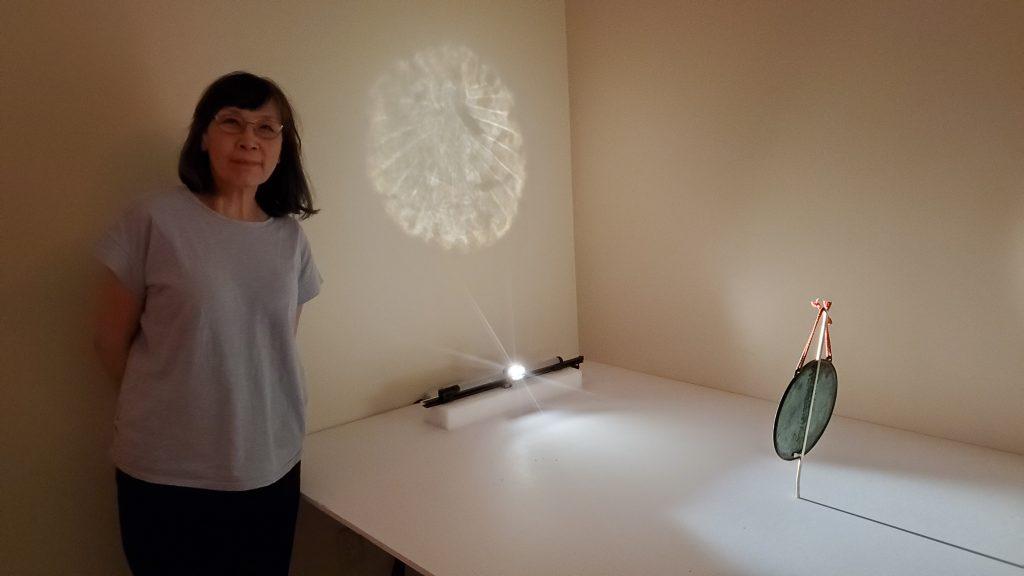
“No matter how much you can explain theoretically, it all depends on the master who polishes the surface, which is tremendously difficult. That’s why they are so rare,” said Dr. Sung. “The Buddhist magic mirror was designed for offering hope and salvation, so I think this discovery is an auspicious blessing for our museum and our city.” (CNN, South China Morning Post)
The Cincinnati Art Museum has placed the “magic mirror” on display to the public from 23 July in the museum’s East Asian Gallery, which includes artifacts from China, Japan, and Korea.
See more
Cincinnati Art Museum rediscovers a national treasure in storage for more than 50 years (Cincinnati Art Museum)
Curators Discover a Rare Chinese ‘Magic Mirror’—One of Only Three Known in the West—in the Depths of the Cincinnati Art Museum’s Storage (artnet)
‘Magic’ mirror reveals itself at Cincinnati Art Museum, surprising staff (BBC World Service)
Secret hidden Buddha image revealed in reflection of centuries-old ‘magic mirror’ (7News.com.au)
Previously undetected Buddha discovered in 16th-century ‘magic mirror’ after curator shines light on it (The Art Newspaper)
A stunning 16th-century Chinese ‘magic mirror’ was found in a US art museum after being tucked away in storage (South China Morning Post)
‘Magic mirror’: Hidden image revealed in reflection of centuries-old artifact (CNN)
‘Magic mirrors’ (UNESCO)
Related news reports from BDG
Chinese Court Upholds Ruling Ordering Return of Zhang Gong Patriarch Buddhist Statue
UPDATE: A Glimmer of Hope for Afghanistan’s 5,000-year-old Mes Aynak Archaeological Site?
Association of Korean Buddhist Orders Publishes Buddhist National Treasures of Korea
Berkeley Art Museum Exhibits Artwork from Hong Kong Buddhist Wesley Tongson
New York’s Columbia University Offers Exhibition of Buddhist Objects in Context




